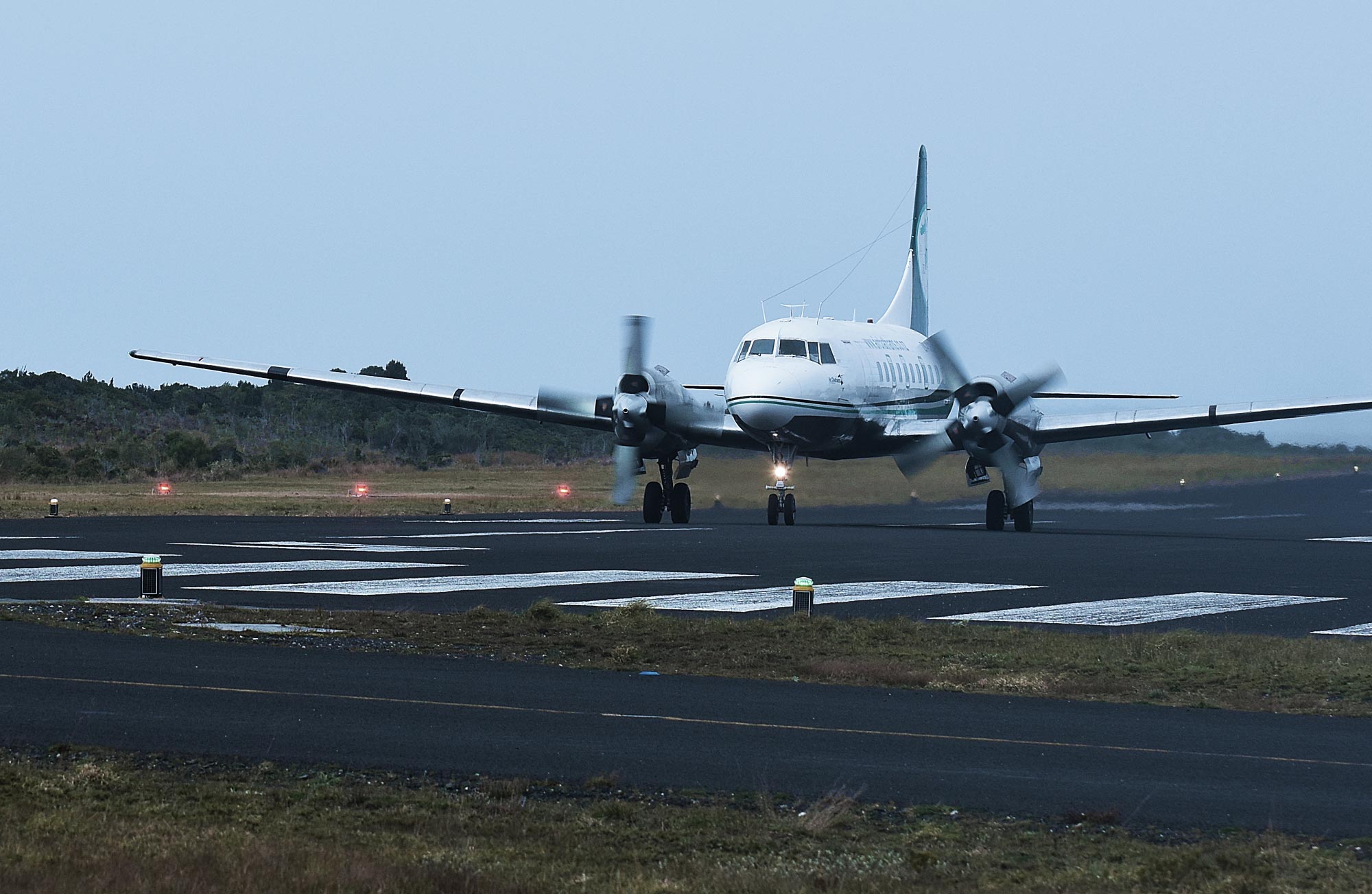
Obstruction Lighting
The Systems Interface range of obstruction lighting is available in DC, AC, and self-contained Solar configurations with optional, GSM or Star2M satellite monitoring to control, monitor, manage and maintain the lighting assets. These lights are extremely reliable, cost-effective and energy efficient and Systems Interface has the capability to supply worldwide.
Aircraft warning lights or obstruction lighting are lighting devices attached to high-rise obstacles or buildings to increase visibility for climbing and descending aircraft. These obstacles must be marked with long-lasting beacons to ensure the safety of aircraft.
Factors that can influence the performance of obstruction lights can include poor weather (visibility), the aircraft's proximity to its destination and the intensity of the light itself. It’s crucial that lighting is high in brightness but also low in intensity.
Previously, incandescent lamps would be used in aircraft warning lights, however, these have a limited lifespan and therefore higher maintenance costs. SIL's range of LED aircraft warning/obstruction lights use bright red LEDs instead, with a significantly improved lifespan and higher reliability. By choosing a solar panel option, you can benefit from not requiring wiring installation making them ideal for structures with limited connectivity. For installations which require the highest availability, dual head airfield warning light allows redundant lighting.
Regulations & Height Requirements: According to the ICAO, there are three main types of aircraft warning lights for fixed structures. The required type of light depends on the height of the structure and proximity to an airfield:
- Low intensity – A constant red light either with an intensity of 10cd (Type A) or 32cd (Type B). These lights should be used on structures with low extensions and heights above the lower ground of 45m.
- Medium intensity – A white flashing light with an intensity of 20,000cd (Type A), a red flashing light with an intensity of 2,000cd (Type B), or a red constant light with an intensity of 2,000cd (Type C). These should be used where the surrounding terrain of a structure is greater than 45m.
- High intensity – A white flashing light with an intensity of 200,000cd during the day, 20,000cd during twilight and 2,000cd during the night (Type A). Or Type B which reduces the day requirement to 100,000cd. These should be used when the structure’s height above the surrounding terrain exceeds 150m.
Systems Interface's range of LED obstruction lights meets these regulations as recommended by the ICAO Annexe 14 and those of the FAA.